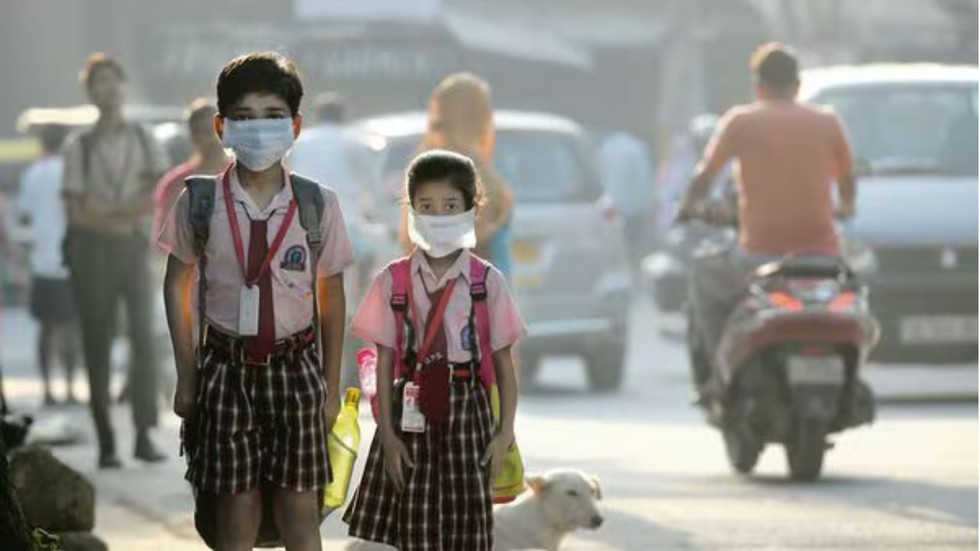About Graded Response Action Plan (GRAP):
- GRAP is a framework designed to combat air pollution in the Delhi-NCR region.
- It was introduced as an emergency response mechanism, and its implementation is triggered when the Air Quality Index (AQI) reaches "poor" levels.
- GRAP is particularly important during the winter months when air quality tends to plummet.
- Who implements GRAP?
- The Commission for Air Quality Management (CAQM) in NCR and adjoining areas oversees the implementation of GRAP.
- It collaborates with the Ministry of Environment, Forest and Climate Change (MoEFCC).
- The CAQM has constituted a sub-committee for the operationalization of the GRAP.
- This body includes officials from the CAQM, member secretaries of pollution control boards of Uttar Pradesh, Delhi, Haryana, Rajasthan, the Central Pollution Control Board, a scientist from the IMD, one from the IITM, and a Health Advisor.
- The sub-committee is required to meet frequently to issue orders to invoke the GRAP.
- The orders and directions of the CAQM will prevailin case of any conflict between directions issued by the State governments and the CAQM.
- Different stages of GRAP: GRAP consists of four stages, each with targeted actions to be taken by the necessary authorities and agencies. These are the following:
- AQI is issued by government agencies to gauge air pollution levels and communicate risks to the public.
- It indicates how air pollution can affect health, with higher AQI values indicating more severe health concerns.
- The AQI is calculated based on air pollutant concentrations over a specific period, and the results are categorised into ranges with corresponding health advisories.
- According to the AQI scale, the air quality check between 0 and 50 is "Good", 51 and 100 "Satisfactory", 101 and 200 "Moderate", 201 and 300 "Poor", 301 and 400 "Very Poor", 401 and 450 "Severe" and over 450 as "Severe +".
